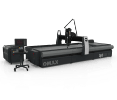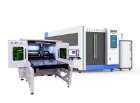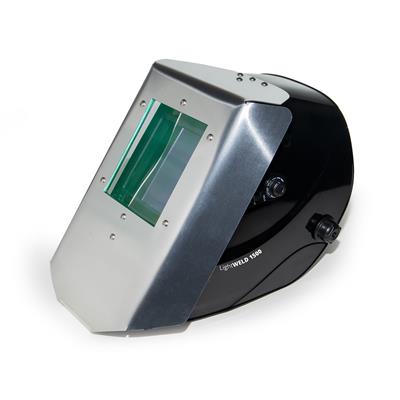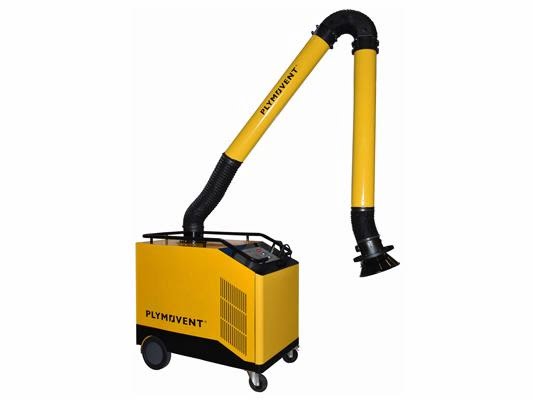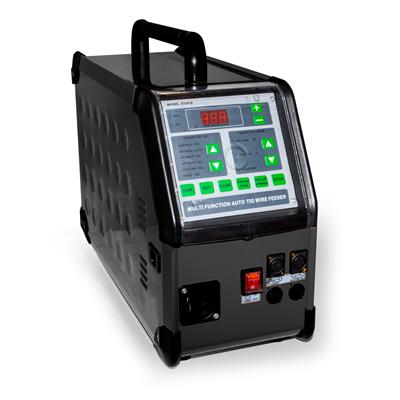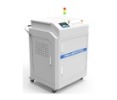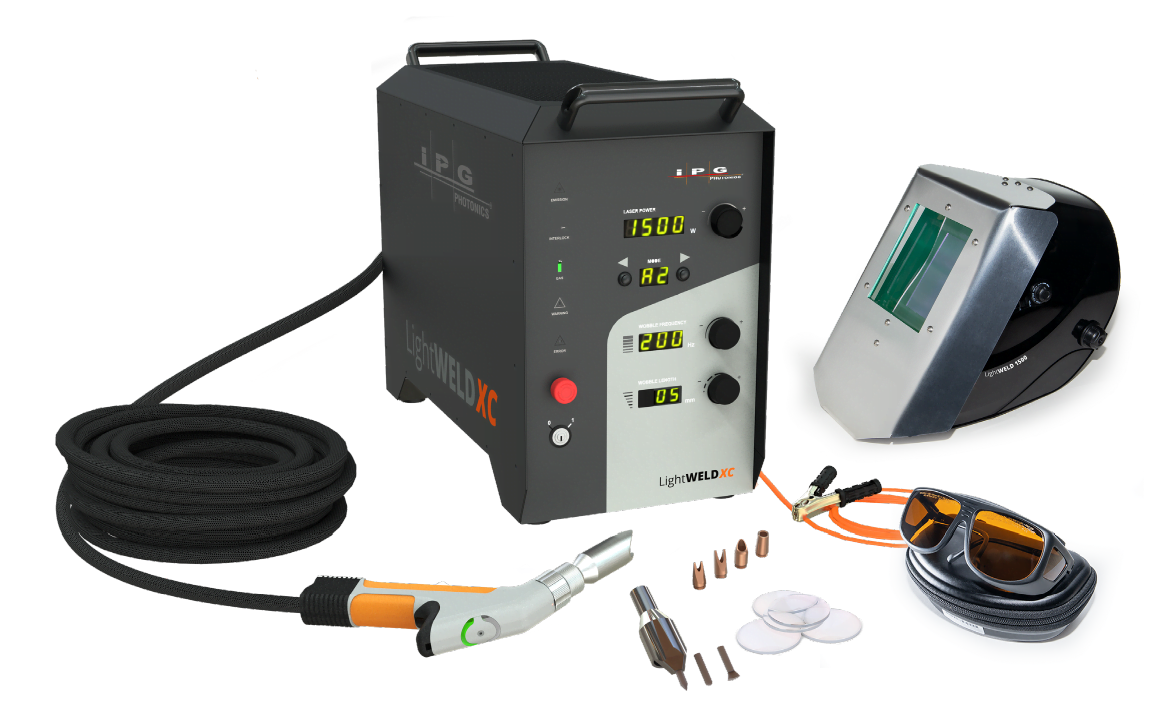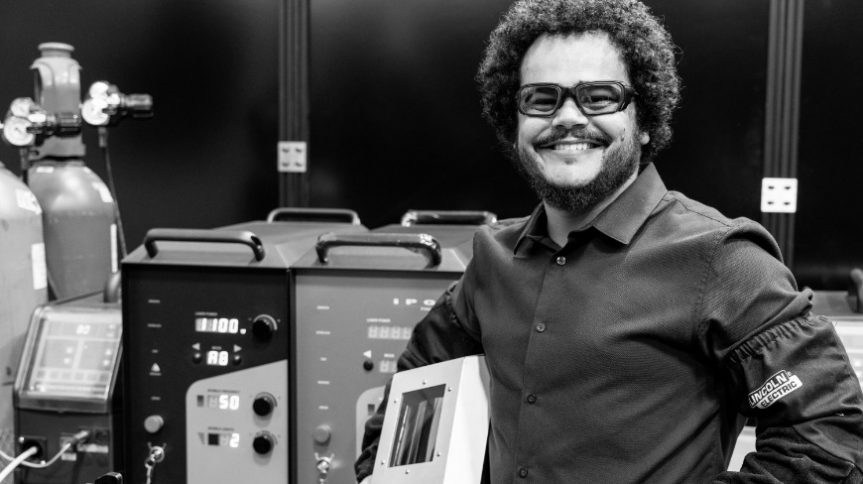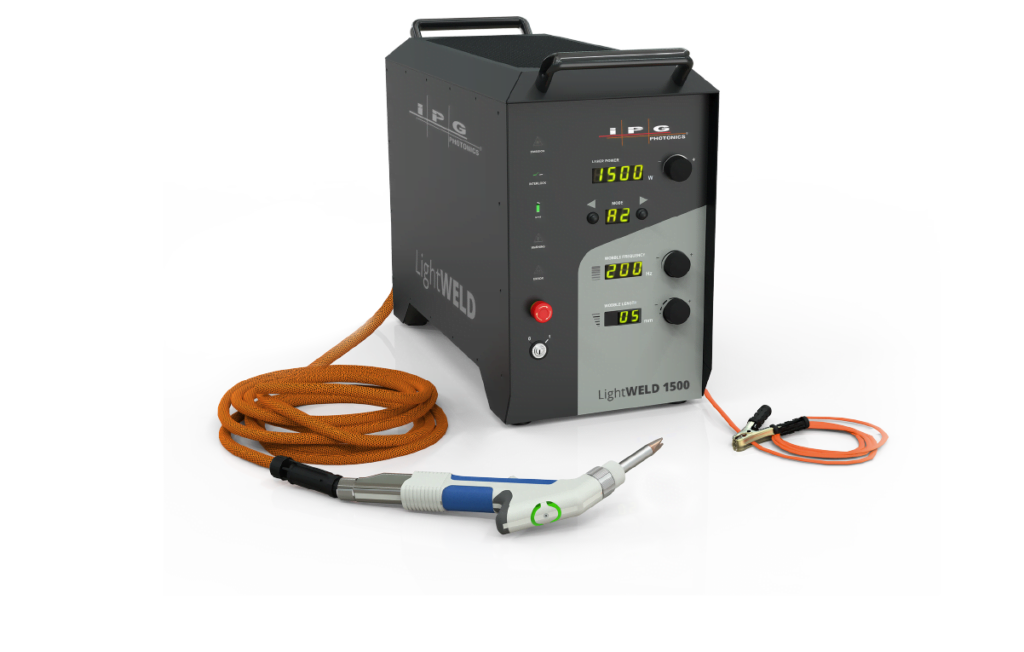Welding is a crucial procedure in various sectors such as manufacturing, automotive, and construction. However, traditional welding techniques like TIG or MIG welding come with their own challenges, including slow production, thermal distortion, and safety issues. But imagine a welding method that consistently delivers high-quality results, accelerates production speed, and minimizes safety risks?
IPG LightWELD offers a laser welding solution – an innovative welding technology that brings numerous advantages compared to conventional welding methods. IPG LightWELD laser welding is a process that utilizes a highly concentrated laser photon beam to create a durable bond between two metal pieces. This procedure is capable of generating strong and reliable joints that are well-suited for a variety of industrial and consumer applications. IPG LightWELD is a fast, efficient, and cost-effective welding solution that can be used on various types of metals, including aluminum, stainless steel, and titanium.
At Spark & Co, our mission is to provide our customers with the highest quality products and services. That’s why we offer access to some of the most advanced laser welding equipment on the market, such as the industry-leading IPG LightWELD 1500 welding machine. This highly efficient tool can be used to weld a wide range of materials quickly and precisely while reducing production costs. Additionally, thanks to its compact size and ease of integration into automated systems, you’ll have no trouble incorporating it into your existing welding station or workspace.
To learn more about our products, pricing, and services, don’t hesitate to contact us now! We would be delighted to demonstrate the power of the IPG LightWELD laser welding gun and how it can benefit your business.
Advantages of IPG LightWELD Laser Welding
The laser welding process covers a wide range of materials: Unlike traditional welding methods that require different techniques for various materials, LightWELD is capable of welding metals, alloys, plastics, ceramics, and more with remarkable precision and accuracy.
Improved production: With its ability to weld up to four times faster than TIG welding, LightWELD can increase production speed without compromising quality. Its pulsed laser mode minimizes heat input to the workpiece, reducing thermal distortion and preventing material damage.
Safer than other welding methods: Unlike traditional welding methods that require the use of flammable gases and open flames, LightWELD utilizes a contactless laser beam, thereby reducing safety risks and eliminating the need for protective equipment.
Laser welding, as performed by a welding machine like LightWELD, offers many advantages over traditional welding types. Firstly, laser welding is highly precise, producing clean and strong welds. Additionally, laser welding is a fast and efficient process that requires minimal post-processing. Moreover, laser welding can be used to join different materials, making it an ideal choice for a wide range of applications, especially when performed in a well-equipped welding station with the appropriate laser welding gun.
Difference between laser welding from TIG and MIG
The use of laser welding, which utilizes photons, offers various advantages compared to traditional welding types such as TIG and MIG, which employ an electric arc. As a result, the laser welding machine is more delicate with the material due to the use of photons. Therefore, you can take advantage of this characteristic, both before and after the welding process, to work with various materials, including aluminum, steel, and other metals, manually or in automated fashion.
Before welding:
Precise Placement: Laser welding, performed by a specific welding machine, is known for its exceptional precision, ensuring exact placement of the weld where it is needed. This level of accuracy is often more challenging to achieve with traditional welding types such as TIG or MIG.
Minimal Distortion: Laser welding results in minimal distortion and a smaller heat-affected zone compared to TIG or MIG welding. This means that the welded material retains its original shape and structure to a greater extent, reducing the need for post-welding shaping or straightening.
Improved Penetration: Laser welding typically allows for better penetration of the welded joint. This results in a stronger and safer weld, which is particularly important for materials that require high-strength joints.
Fast Welding: With the use of high-power laser beams, laser welding can be performed quickly and efficiently, whether it’s on aluminum, steel, or other metals. This increases productivity and reduces labor costs, making laser welding a preferable choice for both manual work and automated operations.
After welding:
Contactless Welding: Laser welding, performed using a specific welding machine, is a type of contactless welding. Unlike TIG or MIG welding, the molten pool is not disturbed by the welding gun, which significantly reduces the risk of porosity.
Clean and Precise Edges: Laser welding produces clean and precise edges with minimal burr formation. This simplifies post-welding cleaning and reduces the need for additional machining.
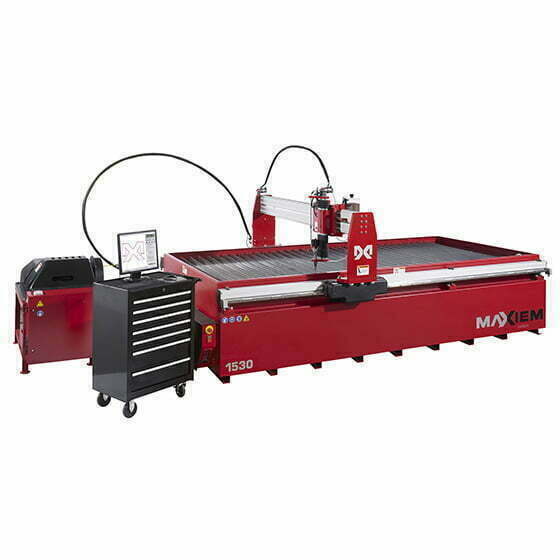 MAXIEM 1530
MAXIEM 1530 OMAX 2652
OMAX 2652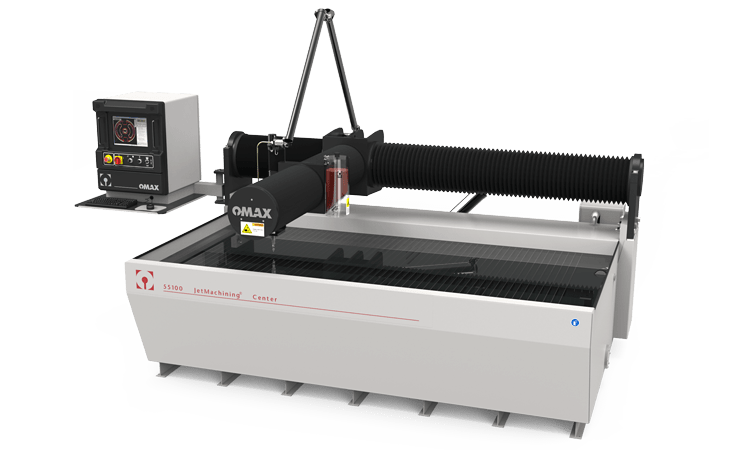 OMAX 55100
OMAX 55100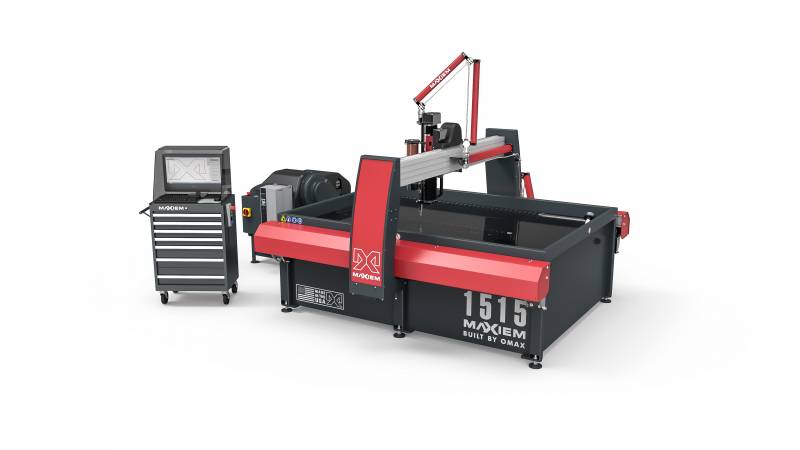 Maxiem 1515Laser Welding&CleaningA complete series of laser welding systems for various applications and materials.
Maxiem 1515Laser Welding&CleaningA complete series of laser welding systems for various applications and materials.






